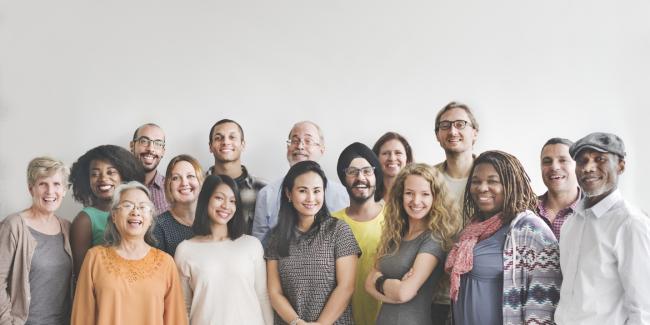Natalia Kossobokova is the Content Marketing Manager at CGS. She spearheads the development of global marketing content which includes videos, blog posts, newsletters, editorials, emails and other marketing projects.
Topics
Checklist for Personalizing the Employee Learning Experience

“By knowing so much more about a learner and the help of collaboration we can revolutionize the way we deliver education and foster creativity.” – Jeremy Friedberg, former President of Vivo Educational Technologies
Today’s learners are creating such an immense amount of learner data, that we now live in an era where we can create customized learning based on our preferences, level of expertise and skills gaps. Using incredibly powerful data-capturing tools, Learning & Development (L&D) experts can now create an optimized, personalized experience to their learners. Here are six useful resources to help you personalize your end-user’s learning experience:
1. Address Your Business Goals in Real-Time
L&D leaders are always looking for ways to seamlessly blend learning into career development. With these apps and trends pushing faster connectivity, the ingestion, absorption, but then shift back to other priorities that are not formally “learning and development,” should speed up as well. Be sure to read the full checklist on how you can address your L&D goals at the speed of your business here.
2. Close Major Gaps in Learning
Our recent survey on Employee Workplace Trends finds that outside of salary, and regardless of age, Training & Development is the most important consideration when taking on a new job. And at least 50% of employees across sectors are concerned about their current level of technical skills. Left unchecked, the financial impact of this talent shortage could reach $8.452 trillion in unrealized annual revenue by 2030, equivalent to the combined GDP of Germany and Japan. Brookings Institution suggests that employers reframe the issue. That is, instead of focusing on the skills gap, they should pay attention to the learning gap. Click here for the full guide on how to close learning gaps.
3. Make Learning More Convenient
LinkedIn's 2019 Workplace Learning Report directs learning professionals to take into account how needs vary at different points in one's career: "Cultivate learning experiences for the multigenerational workforce—from practiced leaders to rising professionals.” A good approach to always-on learning is a concept referred to as A5- Anywhere, Anytime, Any Content, Any Device, Anybody. Microlearning is just one of the examples of how to supplement macro moments, to keep employees learning in between major onboarding or training rollouts by allowing them to decide what new information they want to pursue and how much of it they can handle when. See the full guide on how to make learning more convenient here.
4. Leverage the Art of Storytelling
Storytelling is essential to marketing and advertising campaigns because it is so effective at capturing people’s minds and imaginations. The formula L&D teams use is simple. They develop a story around the lesson topic that will be delivered. Make it relatable to the given audience. Connect to the learning objective. A good story starts with a hook that draws the learners in and captures their imaginations and emotions and ends with a resolution.
5. Don’t forget about Digital Upskilling
In our recent webinar on digital upskilling, Christopher Lind advises that L&D should make learning relevant to each specific individual by personalizing it:
- What do you want the employee to know, understand, learn or question?
- What do you want the employee to feel and what emotions create the desired energy (equipped, inspired, motivated)?
- What behavior change do you want to see?
At GE Healthcare, Lind is leading the global charge of reimagining the learning experience. He advises that future success requires being prepared a journey along the way to digital transformation, knowing what employees want and cultivating experiences.
Natalia Kossobokova is the Content Marketing Manager at CGS. She spearheads the development of global marketing content which includes videos, blog posts, newsletters, editorials, emails and other marketing projects.

